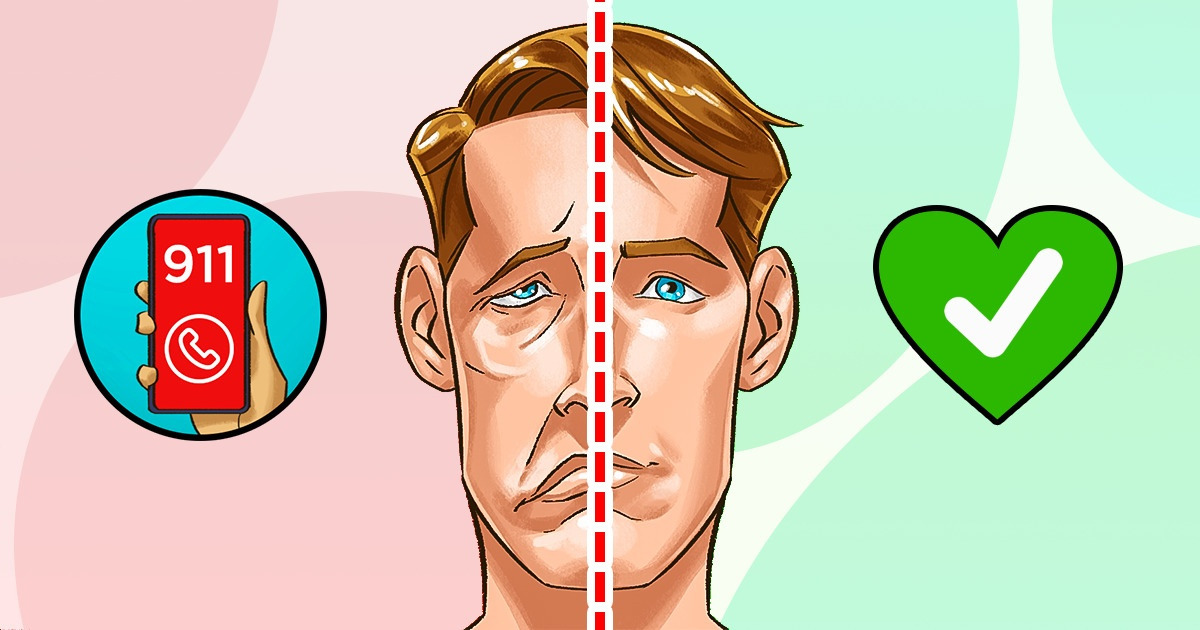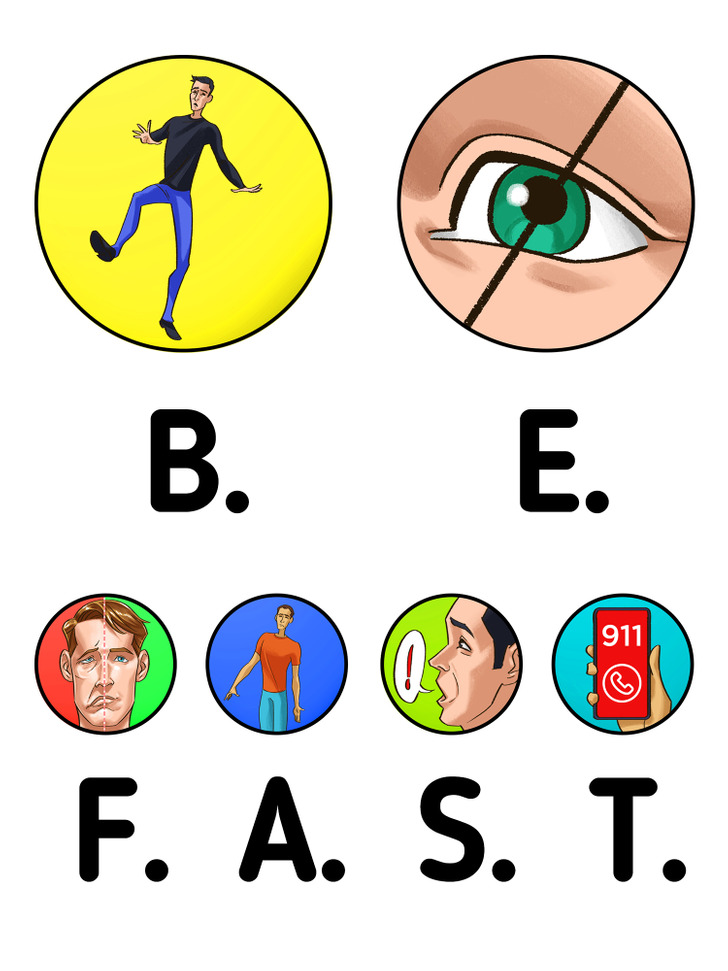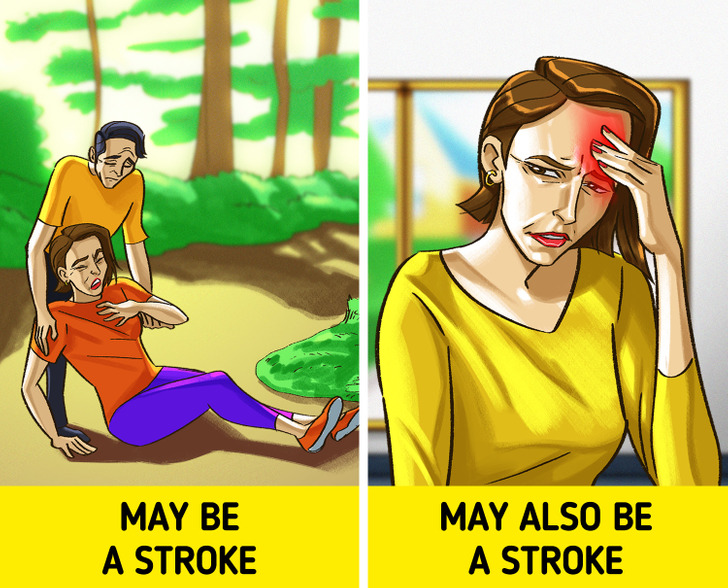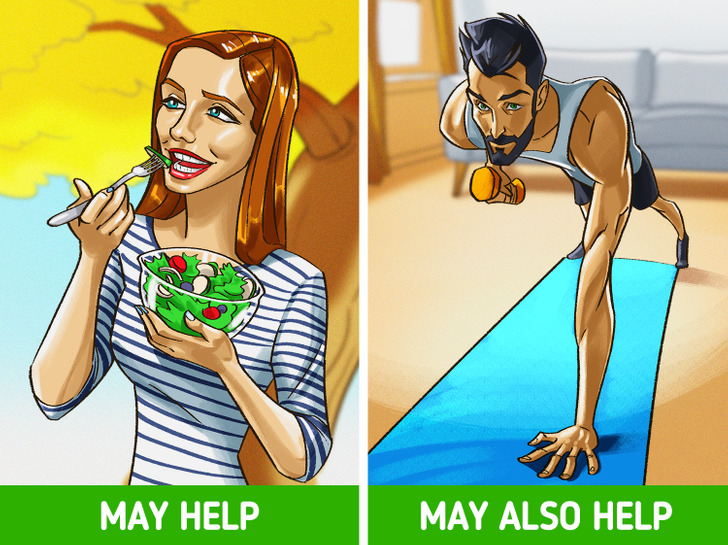How to Recognize a Stroke

When a person is having a stroke, every minute is critical since fast treatment can reduce the brain damage caused by this serious condition. Therefore, it’s important to know the symptoms that may be present in order to take action and get medical assistance as quickly as possible.
5-Minute Crafts has prepared this guide to teach you how to recognize the common signs of a stroke.
❗Important: This article has been created for informative purposes only and does not replace professional advice. If you spot any signs of a stroke on yourself or someone else, call 911 immediately, even if you or the person seem to be okay after some minutes. Strokes are a serious medical emergency. Consider that the longer a person waits to be treated, the lower their possibilities of having a proper recovery.
1. Be familiar with the B.E. F.A.S.T. acronym

Knowing and understanding the signs of a stroke is the most important aspect of getting treatment on time. Therefore, these symptoms have been described in the B.E. F.A.S.T. acronym, which can help you recognize whether you or someone else is going through this serious medical condition:
- Balance: Pay attention to an abrupt loss of balance and if the person seems to be leaning to the side or staggering while walking.
- Eyes: Watch for a sudden change in vision either in one eye or both of them, double vision that doesn’t seem to go away when blinking, or no lateral vision or vision that goes above the midline.
- Face: Check if there’s an uneven smile or a deviated tongue by asking the person to smile and stick their tongue out. Also, observe if there’s a side of the face drooping. Keep in mind that the person may be drooling in that area.
- Arms: Be alert to an abrupt loss of coordination by asking the person to raise their arms. Look if one arm seems to be drifting downward and if there are signs of weakness or numbness in that same arm. Check if the person has difficulty picking up objects.
- Speech: Observe if the person has a sudden difficulty when speaking or understanding. Test if they can repeat a short phrase and watch for a confusing or strange speech. Moreover, check whether the person has a thick tongue or if it’s difficult for them to swallow.
- Time: If you see any of these signs, either in yourself or someone else, it’s time to call 911. If possible, tell the emergency personnel the last time you saw the person well and if they’re on any medication. This information can be helpful to determine the treatment the person will receive.
🚫 Do not take the person to the emergency room yourself. Assessment and treatment can be given by the emergency medical service before arriving at an emergency department.
2. Be aware of other symptoms

The previous test can help you identify some of the most common signs of a stroke. However, it’s advisable to watch out for other symptoms, such as:
- A sudden fall
- A severe headache
- Abrupt numbness or weakness on one side of the body
- Confusion or memory loss
- Dizziness
Bonus: How to prevent a stroke

Even though certain medical conditions can lead to a higher risk of a stroke, you can make some changes in your lifestyle to reduce the chances of suffering one. So, it’s advisable to keep a healthy weight, have a balanced diet, and exercise regularly.